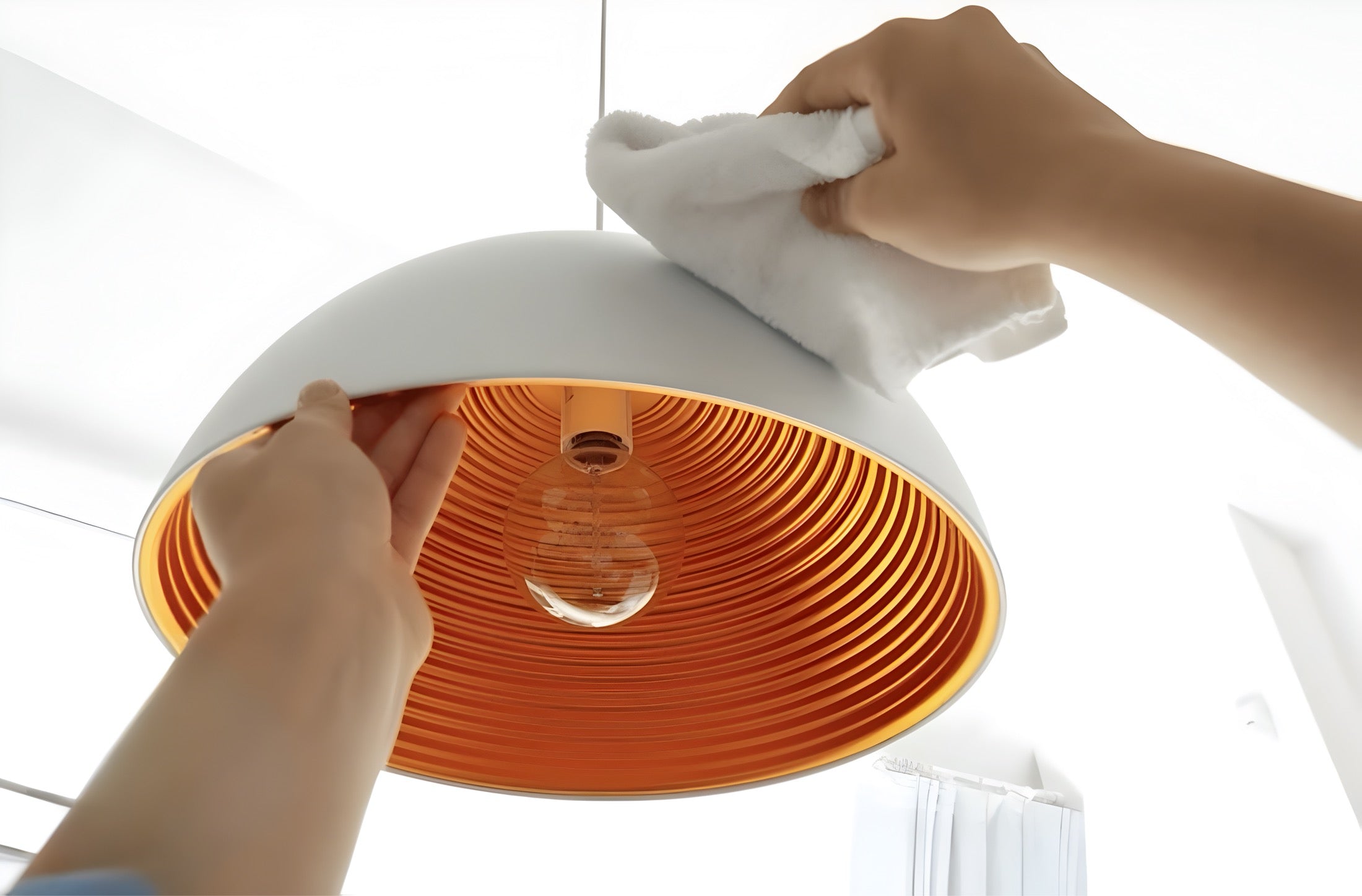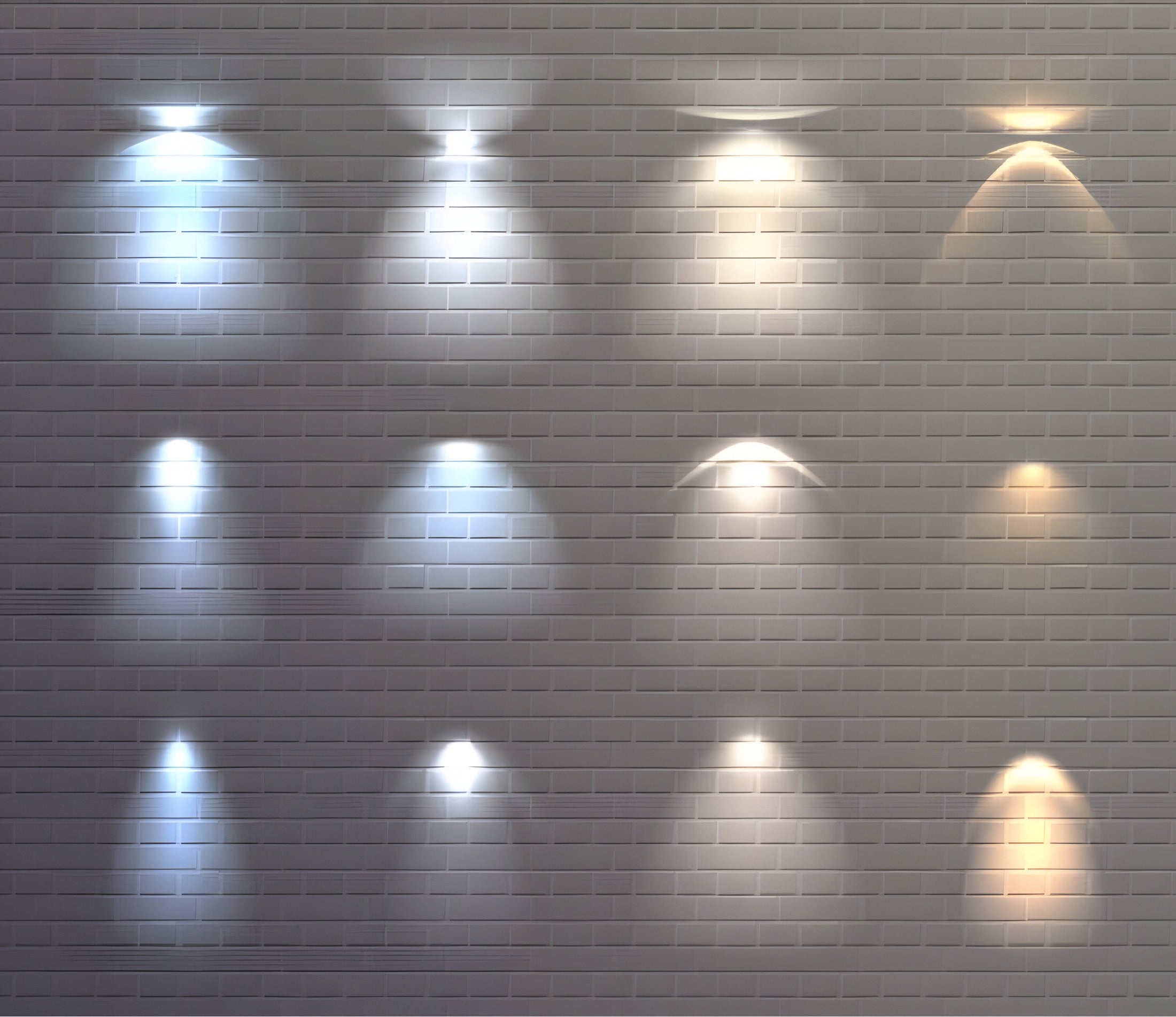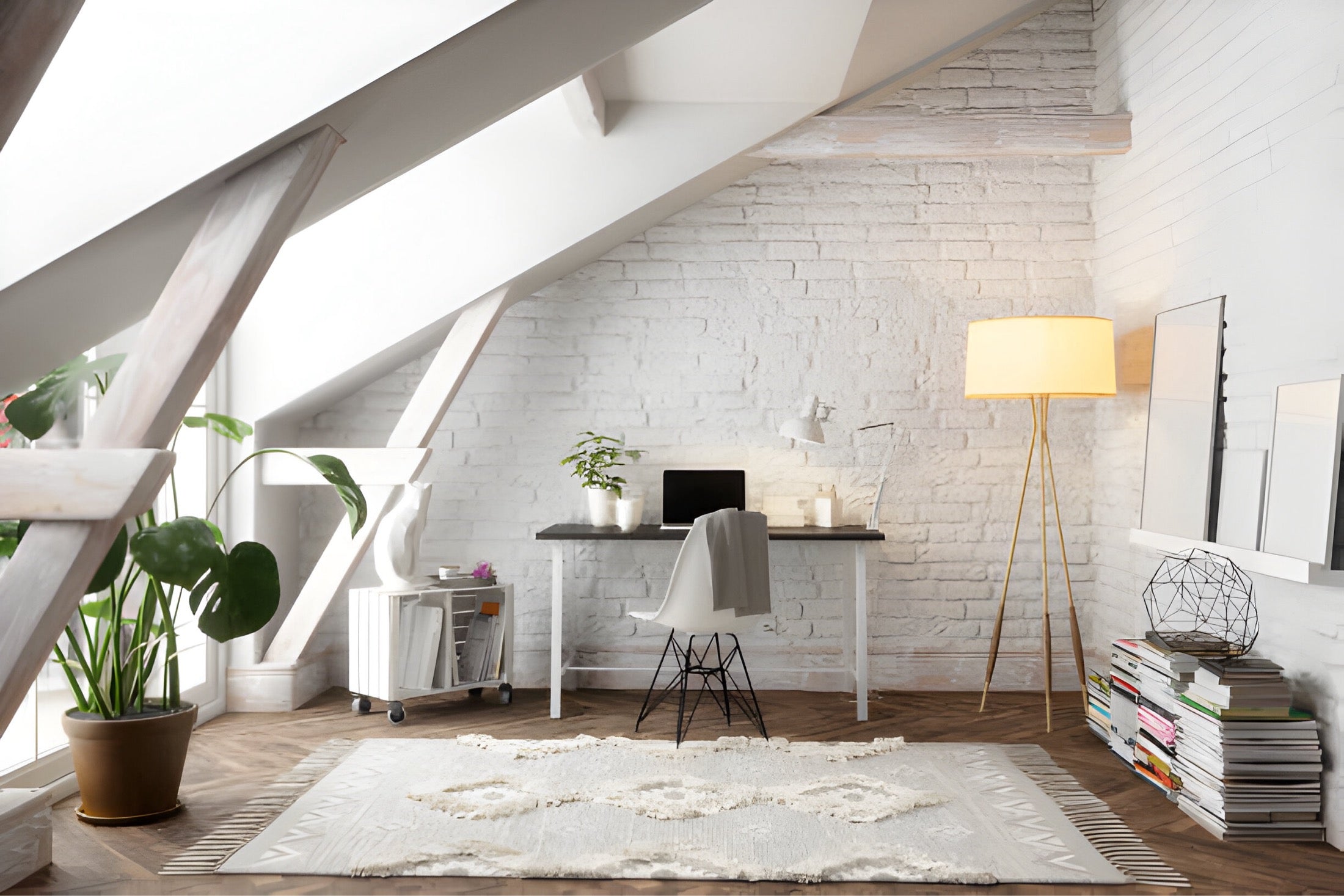
Cleaning the chandelier: How to dust and clean your chandelier most efficiently
Chandeliers are much more than just sources of light - they are true works of art that add elegance and style to any room. Whether a classic crystal chandelier, a modern chandelier with LED lights or a minimalist chandelier in black or gold - these impressive lights deserve special care and attention. Over time, dust, dirt and contaminants accumulate, which not only affects aesthetics but can also affect the quality of light. In this article, you will learn the most efficient way to clean and dust your chandelier to preserve its beauty and functionality.
Why cleaning chandeliers is important
Chandeliers, especially those made of glass or crystal, tend to attract dust and dirt. This can build up on surfaces and dim the light, affecting the overall effect of the room. In addition, dirt on the metal elements, especially on gold or black chandeliers, can lead to discoloration or even corrosion. Regular cleaning is therefore essential to maintain the longevity and shine of your chandelier.
Preparation: Safety first
Before you start cleaning, you should make sure that the chandelier is turned off and the bulbs have cooled down. If necessary, you can unplug the chandelier from the electrical network. Also, provide a sturdy ladder to safely reach all areas of the chandelier.
Pro tip: Cover the area under the chandelier with a soft cloth or tarp to catch any falling dust particles or drips of cleaning products.
Step-by-step instructions for cleaning chandeliers
1. Easy dust removal
Start with a light dusting to remove the coarse dust. A feather duster with soft, antistatic fibers is particularly suitable for this. Be careful to use gentle movements so as not to damage the delicate parts of the chandelier.
Tip: If your chandelier is difficult to access, you can use a feather duster with a telescopic pole. This means you can easily reach even tall or complex-shaped chandeliers.
2. Removing and cleaning loose parts
For thorough cleaning, loose parts such as crystals or glass balls should be removed. Place them on a soft towel to avoid scratches. Clean the parts in warm water with a mild detergent. Then rinse them with clean water and allow them to dry completely before reattaching them.
Tip: Note or photograph the position of each part to ensure everything falls back into place after cleaning.
3. Cleaning metal surfaces
The metal parts of a chandelier, especially gold or black models, should be cleaned particularly carefully. To do this, use a soft cloth slightly moistened with a special metal cleaner. Rub gently to avoid discoloration.
Attention: Do not use abrasive cleaners or rough sponges as these may scratch the surface.
4. Cleaning the frame and light arms
The frame and light arms of the chandelier can be cleaned with a soft cloth and glass cleaner. Spray the cleaner onto the cloth, not directly onto the chandelier, to avoid drips that could damage the electrical system. Thoroughly wipe down all surfaces, paying attention to all corners and edges.
5. Polishing and finishing
After the chandelier is completely cleaned and dried, you can polish it with a dry microfiber cloth to give it extra shine. This last step ensures a brilliant sparkle, especially with chandeliers made of glass or crystal.
Care and maintenance: Tips for extending cleaning intervals
Regular, light cleaning will help minimize major cleaning operations. Here are some tips to keep your chandelier clean for longer:
- Ventilate regularly: Dust is often caused by a lack of air circulation. Regular ventilation can help reduce the amount of dust in the air.
- Use air purifier: In rooms with high levels of dust, air purifiers can help reduce dust in the air.
- Do not turn the lights on and off too often: Frequent switching on and off can increase dust attraction, as the resulting heat attracts dust particles.
Special cleaning methods for different types of chandeliers
Not every chandelier is the same, and different materials require different cleaning methods. Here are some specific tips for different types of chandeliers:
1. Glass chandelier
Glass chandeliers are sensitive to fingerprints and grease stains. Always use a lint-free cloth and a mild detergent. For stubborn stains, a mixture of water and a little vinegar can be helpful. Herer you can take a look at our elegant glass chandeliers.
2. Modern chandeliers with LED lights
Modern chandeliers with LED lights are often kept in minimalist designs and require particularly gentle care. Avoid aggressive cleaning agents that could damage the LED components. Instead, use a dry or slightly damp cloth.
3. Chandeliers in gold or black
Golden Chandeliers add a touch of luxury to any room while black Chandeliers set modern accents. Both variants should be treated with special metal cleaners to maintain the shine and avoid discoloration.
Common chandelier cleaning mistakes and how to avoid them
When cleaning chandeliers, some mistakes can happen that should be avoided to prevent damage or unsightly results:
- Direct spraying of cleaning agents: Never spray cleaning products directly onto the chandelier as this may damage the electrical system or cause stains. Always apply the product to a cloth and gently wipe the surfaces.
- Use of abrasive cleaners: These can scratch surfaces and cause irreparable damage. Always use soft cloths and mild detergents.
- Cleaning with lights on: Not only can this make cleaning difficult, but it can also be dangerous. Always turn off the chandelier and allow it to cool before starting cleaning.
DIY vs. Professional Cleaning: When Should You Hire an Expert?
Cleaning a chandelier can be a rewarding task, especially when restoring the shine and beauty of your fixture. However, not every chandelier is the same, and in some cases it may make more sense to leave the work to a professional. In this section, we compare the advantages and disadvantages of self-cleaning with professional cleaning and provide advice on when it is better to hire an expert.
Benefits of DIY cleaning
Self-cleaning a chandelier offers several advantages, especially for those who like to do it themselves:
- Cost savings: The most obvious benefit is saving on the costs that would be incurred for a professional cleaning service. If you have the right equipment and care, you can clean your chandelier yourself without spending a lot of money.
- Flexibility: You can decide when the cleaning is done yourself and do not have to make an appointment with a service provider. This is especially useful if the chandelier needs frequent cleaning or you need a finishing touch before a special event.
- Familiarity with the chandelier: When you clean yourself, you get to know the details and condition of your chandelier. This will help you plan and carry out future cleanings better.
Disadvantages of DIY cleaning
Despite the benefits, there are also some challenges and risks associated with cleaning a chandelier yourself:
- Time required: Thoroughly cleaning a chandelier, especially an elaborate model, can take a lot of time. This is especially true if you need to disassemble the chandelier and clean the individual parts separately.
- Difficulty and complexity: Some chandeliers, especially large or very delicate models, can be difficult to clean. There is a risk of damaging sensitive parts or not being able to completely clean the chandelier.
- Security risks: Cleaning a high-mounted chandelier often requires the use of a ladder and working at heights. This can be dangerous, especially if the chandelier is difficult to access.
When should you hire an expert?
It is advisable to use a professional cleaning service for certain situations:
- Large or complicated chandeliers: If your chandelier is very large, complex, or difficult to access, a professional can do the job more safely and efficiently. Experts have specialized equipment and experience to clean even the most demanding chandeliers without the risk of damage.
- High quality or antique chandeliers: Particularly valuable or antique chandeliers require particularly careful cleaning. An experienced professional can use the proper techniques and cleaning products to protect the chandelier and preserve its value.
- Lack of time or skills: If you don't have the time or confidence to do the cleaning yourself, a professional cleaning service can be a convenient and safe alternative. This is especially true if the chandelier needs to be cleaned urgently, for example before an event.
Conclusion
A chandelier is a highlight in every room and therefore deserves special care. With the right technique and cleaning products, you can extend the life of your chandelier and preserve its radiant beauty. No matter whether you have a modern chandelier with LED lights, a classic glass chandelier or an extravagant model in gold or black - with these instructions you have all the tools at hand to clean your chandelier efficiently and gently.
Don't forget to take care of your chandelier regularly to prevent dust accumulation and maintain the quality of light. Visit Buy N Blueto discover the latest chandelier models and make your rooms even more stylish.
Chandelier Cleaning FAQ
How often should I clean my chandelier?
The frequency of cleaning depends on various factors, such as the level of dust in the room and the material of the chandelier. In general, it is recommended to thoroughly clean the chandelier every six months. In rooms that are particularly susceptible to dust or sensitive materials, more frequent cleaning may be necessary.
Can I clean my chandelier without taking it down?
Yes, many chandeliers can be cleaned without taking them down. To do this, use a feather duster with a telescopic rod or a soft cloth to remove the dust. However, for a more thorough cleaning, it is recommended to remove loose parts such as crystals and clean them separately.
Which cleaning products are best for my chandelier?
The choice of cleaning agent depends on the material of your chandelier. Mild glass cleaners or a mixture of water and vinegar are suitable for glass or crystal chandeliers. Metal surfaces, especially gold or black chandeliers, should be treated with a special metal cleaner. Avoid harsh chemicals to prevent damage.


